Tag: plants for collectors
-
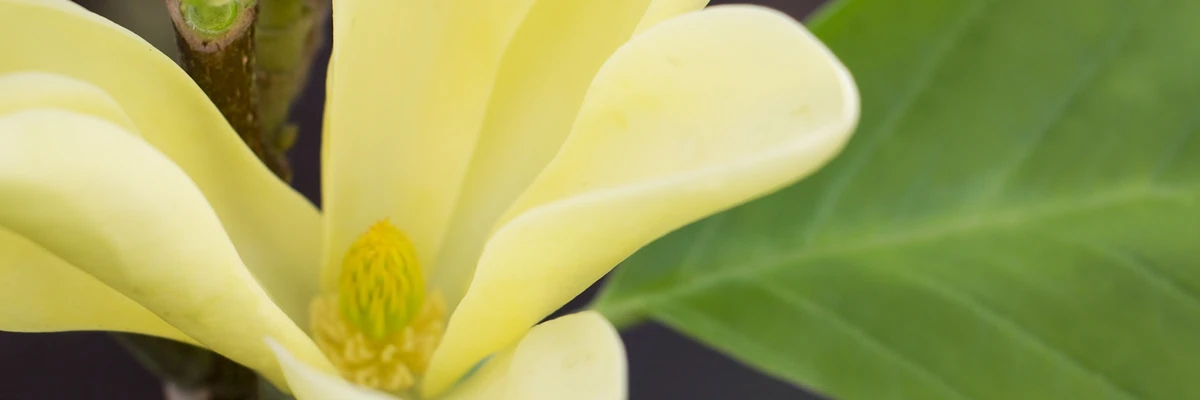
MAGNOLIA x ‘Daphne’
MAGNOLIA x ‘Daphne’ flowers later than other magnolias. Thus, it better resists these spring frosts which generally arrive at the beginning of April, when the other magnolias are already flowering.This hybrid with large flowers is probably the one that guarantees us the most intense yellow among those with so-called “yellow” flowers. Its exquisite fragrance gives…
-
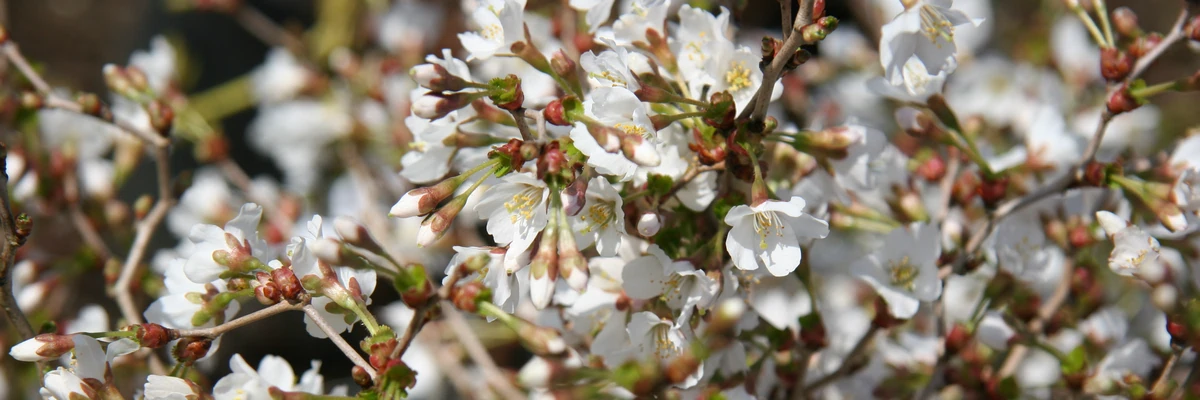
PRUNUS incisa ‘Kojo-no-mai’
In March and April, PRUNUS incisa ‘Kojo-no-mai’ (dwarf flowering cherry tree) reaches its peak. Its wood does not grow straight, but rather in small zigzags. It is almost tortuous. The flowers, in the shape of white bells, slightly pinkish, appear during these months on its bare wood. Then, in fall, it has another moment of…
-
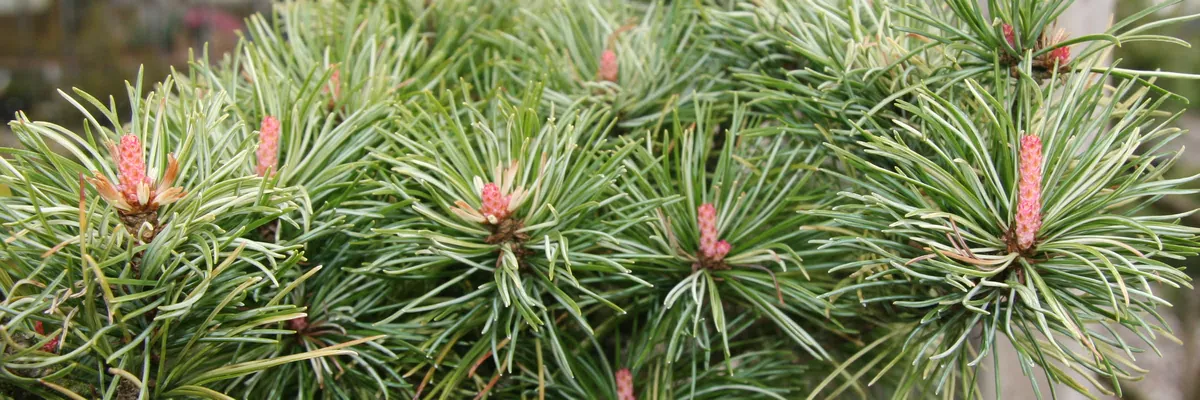
PINUS parviflora ‘Tanima No Yuki’
PINUS parviflora ‘Tanima No Yuki’ is a selection of Japanese white pine with an unpronounceable name which means: “snow in the valley”. This pine is a miniature form that will not exceed 1 meter in height and width after a few decades.In addition, it offers young shoots of a bright pink in the spring (see…
-
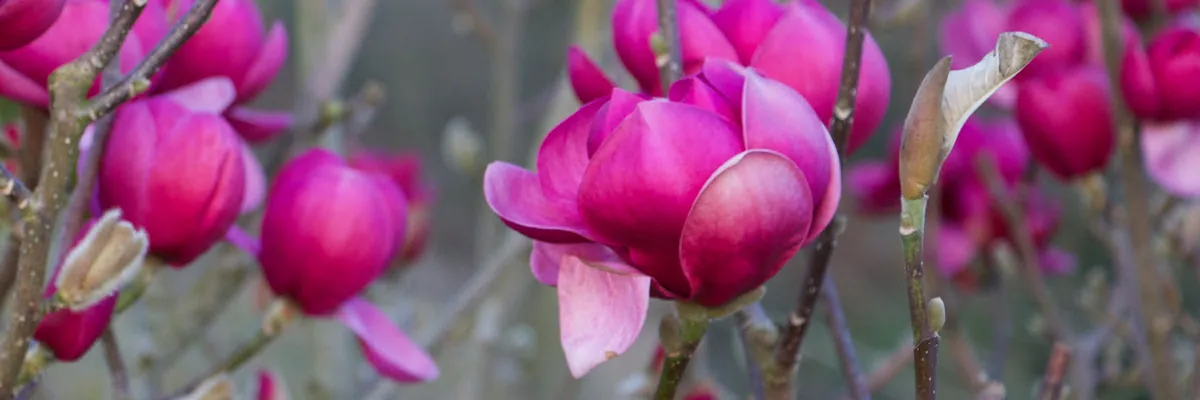
MAGNOLIA ‘Black Tulip’
Every year, at the end of winter, a new magnolia season begins. MAGNOLIA ‘Black Tulip’ belongs to our favorites with its flowers that vary from red to purple depending on the temperature, the type of soil and the age of the plant. The blooms appear before the leaves (see photo) on bare wood.Its oval and…
-
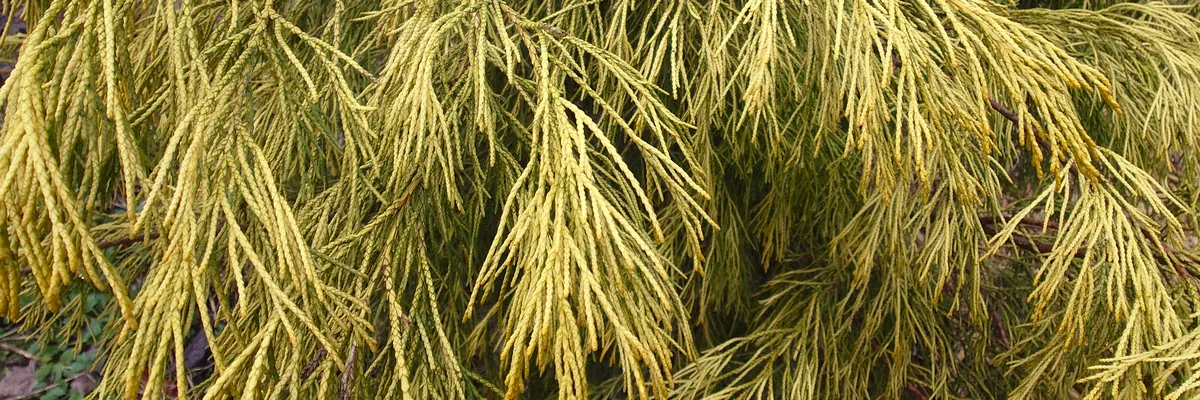
CHAMAECYPARIS lawsoniana ‘Karaca’ (yellow Lawson cypress)
When winter days are gray and gloomy, CHAMAECYPARIS lawsoniana ‘Karaca’ (Yellow Lawson cypress) becomes a delight. The fine and elegant foliage with its intense yellow color awakens the garden. Its moderate growth will make it a plant of 2 meters after about ten years. Incidentally, the subject in the photo is about 7 years old…
-
CORYLUS avellana ‘Red Majestic’ (red corkscrew hazel)
The CORYLUS avellana ‘Red Majestic’ (red corkscrew hazel) stands out as a multi-faceted star. Very early in spring, it begins its show with its huge, pendulous creamy yellow catkins. Then it develops its slightly twitchy deep red leaves. In fall, squirrels will delight in its hazelnuts. Finally, it is in winter when the leaves have…
-
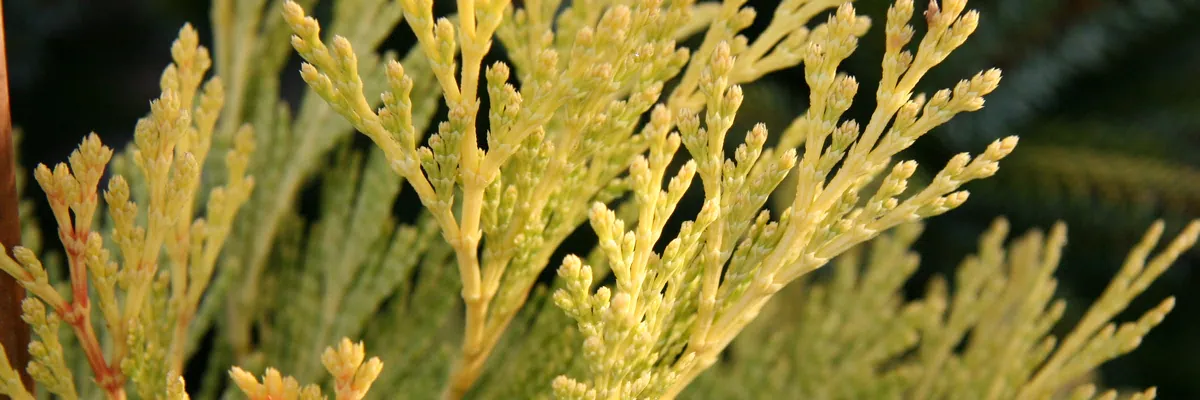
CALOCEDRUS decurrens ‘Berrima Gold’ (yellow California incense cedar)
This is a conifer really different from the others. The CALOCEDRUS decurrens ‘Berrima Gold’ (yellow California incense cedar) turns into a real sun in the garden when its light yellow shoots appear. In summer, its foliage remains intense yellow. Then, in winter, its foliage turns orange-yellow. In addition, it grows slowly and develops in a…
-
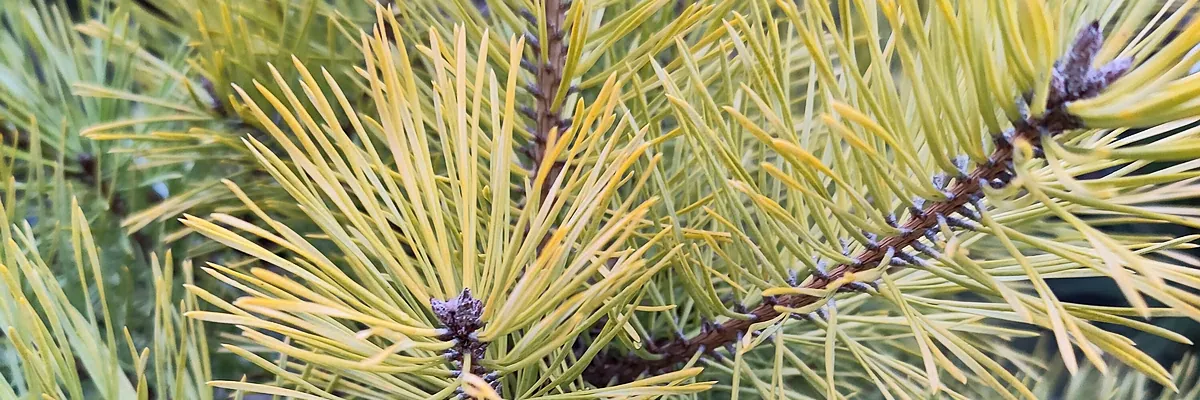
PINUS sylvestris ‘Anny’s Wintersun’
In winter, the days are getting shorter and shorter and the lack of sun leaves our gardens a little sad and dark. PINUS sylvestris ‘Anny’s Wintersun’ (yellow Scots pine) that we offer, will be the sun in your garden all winter long. This Scots pine is a form with really yellow and particularly bright foliage…
-

PILGERODENDRON uviferum
We thought of collectors of very rare plants with the PILGERODENDRON uviferum, also called cypress of las Guaitecas (vernacular name). It is one of the most sought after plants by collectors. This conifer is native to Argentina and Chile. Its foliage is green and very thick, but does not sting. It is undoubtedly the southernmost…
-
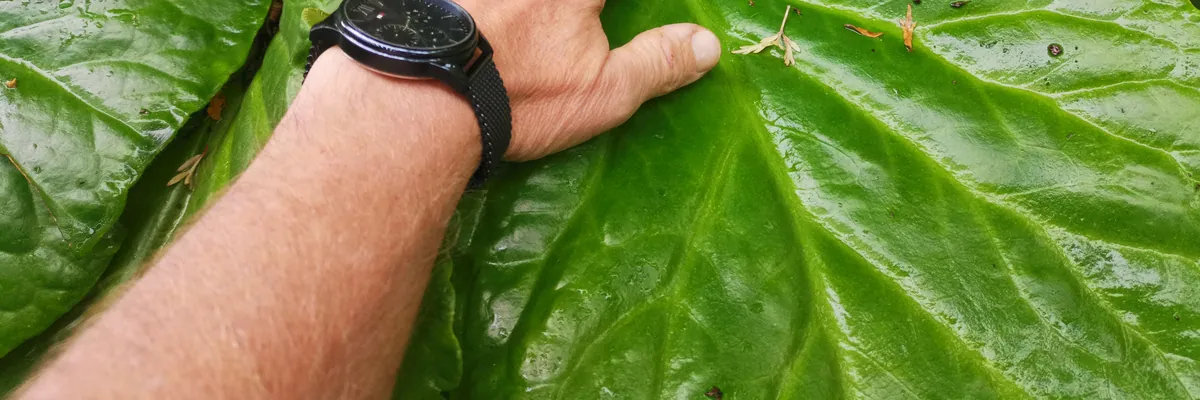
BERGENIA ciliata f. ligulata
BERGENIA ciliata f. ligulata is a perennial with exceptionally giant leaves. It does not look at all like the other more common BERGENIA. In fact, it loses its leaves in winter and its pale pink flowers are lighter, but also larger. The edge of the leaves has small eyelashes. How to grow BERGENIA ciliata f.…
